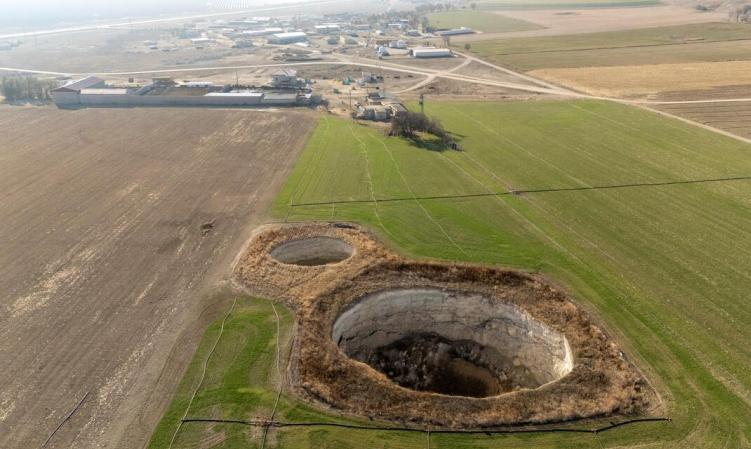
Recently, American retail giants such as Walmart have announced price increase plans, which have drawn widespread attention from the market. Behind this wave of price hikes lies the cost pressure brought about by the adjustment of the US government's tariff policy. The comprehensive impact of tariffs on prices in the United States has not yet fully emerged, but many enterprises have indicated that they will pass on the costs by raising the prices of their goods.
As the largest retailer in the United States, Walmart's adjustment of commodity prices has a guiding significance for the market. Company executives clearly stated during the earnings call that due to the 30% tariff on China, the prices of all categories of goods, from bananas to car seats, will gradually rise. Although Walmart is absorbing some of the costs through supply chain adjustments and other means, the scale of tariffs has exceeded the affordability of retailers. Walmart's Chief Financial Officer, Renny, pointed out that the extent and speed of price increases would be "unprecedented". Take car seats as an example. A Chinese-made product priced at 350 US dollars may increase in price by 100 US dollars, with an increase of nearly 30%. The price of bananas has also risen from 50 cents per pound to 54 cents, an increase of 8%.
The price increase of Walmart is not an isolated case. Toy manufacturer Mattel, tool manufacturer Stanley Black & Decker, consumer goods giant Procter & Gamble and other companies have all announced price hikes or plan to raise prices. Ford Motor Company recently announced an increase in the prices of three of its best-selling models. French luxury brand Hermes also stated that it will raise the prices in the US market. Analysis suggests that as inventory is depleted, the pressure for price hikes will be further released. Many companies had stockpiled goods or chosen to postpone shipments before the tariffs took effect. However, as positive progress emerged in the China-Us economic and trade talks, merchants chose to quickly resume imports to avoid shortages of autumn goods. But the rising transportation costs further exacerbated the cost pressure.
The wave of price hikes has a direct impact on consumer spending in the United States. Oxford Economics predicts that the average growth rate of consumer spending in the United States will drop to 1.5% in 2025, a significant slowdown compared to 2.8% in 2024. Data from the Federal Reserve shows that tariffs have led to a 0.3% increase in prices this year. As a retail giant covering 90% of American households, Walmart's price increase move will have a wide-ranging ripple effect. The company's chief executive officer, MacMillan, said that although Walmart instinctively hopes to maintain low prices, its affordability is limited. The reality of meager profits in the retail industry makes it difficult for enterprises to fully absorb the cost of tariffs.
The tariff policy of the Trump administration has triggered a strong reaction from enterprises. Although the United States agreed to lower the new tariffs on goods imported from China within 90 days, enterprises such as Walmart believe that the tax rate "is still too high". Trump posted on social media that "Walmart should stop blaming tariffs for price hikes", but corporate executives countered that tariff costs have reached their highest level since the 1930s. Federal Reserve Chair Powell warned that the United States might be entering a period of more frequent and longer-lasting supply shocks, which poses a formidable challenge to both the economy and the central bank. The market is concerned that the uncertainty of tariff policies will intensify inflationary pressure and drag down economic recovery.
Facing the pressure of tariffs, enterprises are accelerating the adjustment of their supply chain layouts. Wal-mart plans to reduce risks through diversified procurement against the backdrop of a relatively high proportion of imports of specific categories such as electronic products and toys in China. However, for some goods such as baby strollers, due to the difficulty in production transfer, it is still difficult to avoid price hikes. Technology enterprises such as NVIDIA respond to trade barriers through customized strategies. The company plans to establish a research center in Shanghai, focusing on the needs of Chinese customers, while retaining core design and production overseas. This "Chinese demand + overseas production" model has become the choice for enterprises to balance costs and the market.
The price hikes by enterprises like Walmart reflect the deep-seated contradiction between the US tariff policy and inflationary pressure. As tariff costs are passed on to consumers, the US consumer market may face the risk of shrinking demand. Enterprises need to strike a balance between cost pressure and market competition, while policymakers need to weigh the dual goals of trade protection and economic stability. The market generally expects that if tariff policies continue to tighten, more enterprises will join the ranks of those raising prices, further pushing up the inflation level in the United States. This cost storm triggered by tariffs is becoming a key variable in the process of global economic recovery.

Due to the continuous decrease in rainfall and the rapid drop in groundwater levels, several large sinkholes have successively appeared in several agricultural areas in central Turkey in recent years, causing great concern among local farmers and environmental experts.
Due to the continuous decrease in rainfall and the rapid dr…
The Prime Minister's Office of Israel said Hamas attacked I…
Fourteen countries including the United Kingdom, France and…
The US Department of Justice said on Wednesday (December 24…
The Japanese government has submitted a draft, planning to …
On December 25th local time, NVIDIA announced a technology …